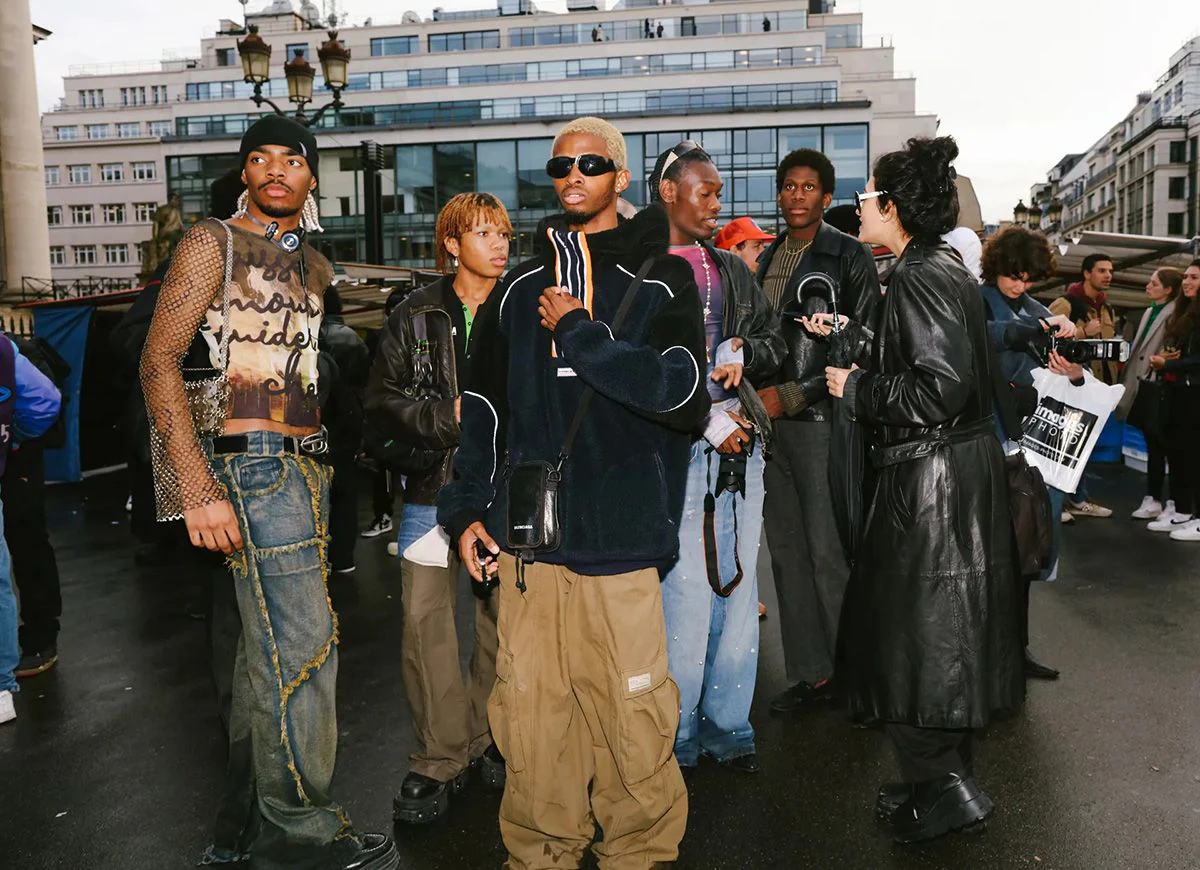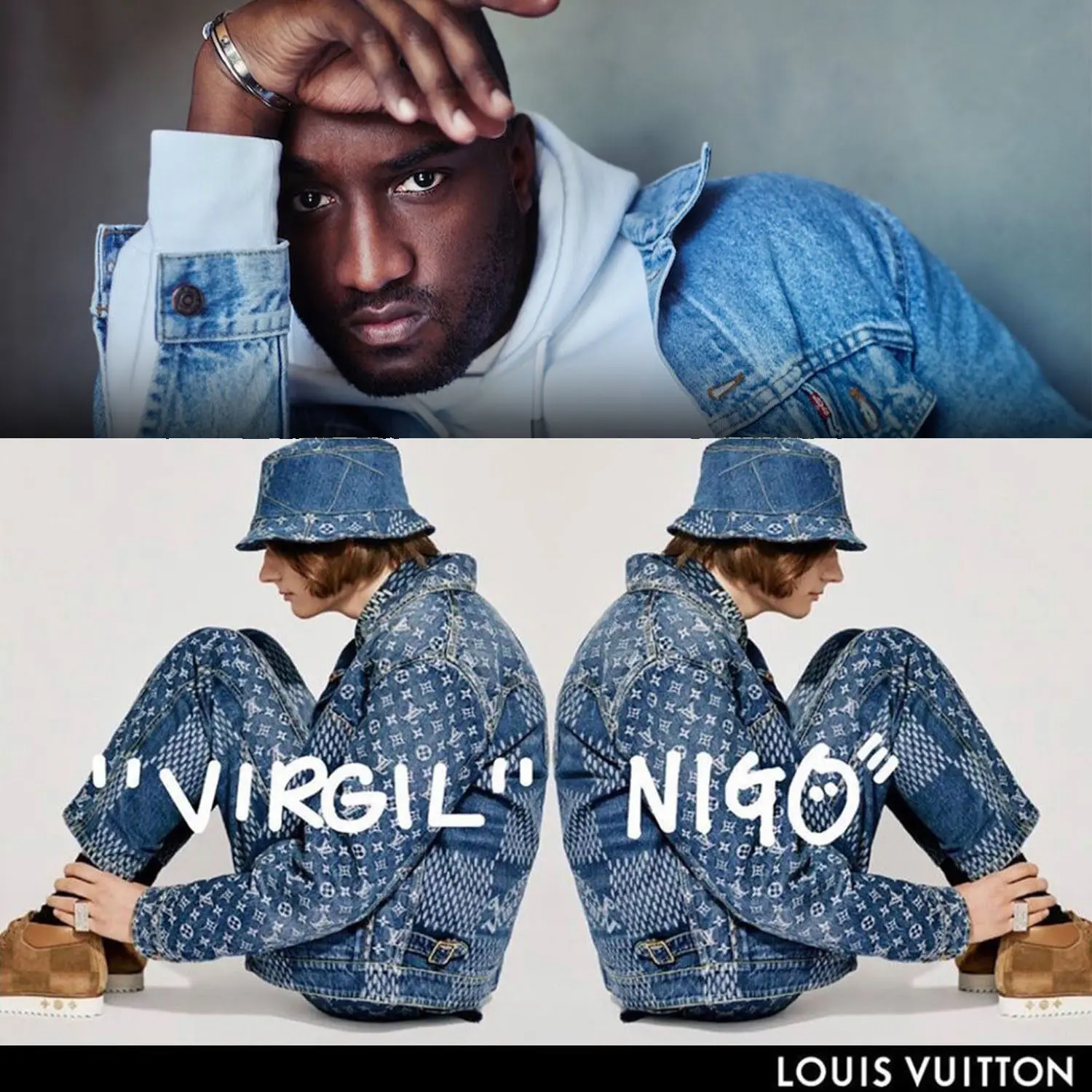The Evolution of Streetwear: From Counterculture to Mainstream
Streetwear has transformed from an underground movement into a multi-billion-dollar industry, blending fashion, music, art, and culture. What started as a subcultural expression of rebellion has now found its way onto luxury runways, celebrity endorsements, and mainstream retail stores. Let’s take a journey through the evolution of streetwear and explore how it went from niche to global dominance.

Origins: The Birth of Streetwear (1970s–1980s)
Streetwear’s roots trace back to the 1970s and 1980s, emerging from surf, skate, hip-hop, and punk subcultures. It was more than just clothing—it was a lifestyle.
Key Influences:
-
Surf Culture (California, 1970s) – Shawn Stussy, a surfboard shaper, began printing his signature on T-shirts and selling them alongside his boards. This laid the groundwork for what would become the first modern streetwear brand: Stüssy.
-
Skateboarding (1980s) – Brands like Vision Street Wear and Powell Peralta catered to rebellious skaters who rejected mainstream fashion.
-
Hip-Hop and Sneaker Culture – Hip-hop artists from New York, like Run-D.M.C., made sneakers (especially Adidas) a cultural statement. Their 1986 track My Adidas led to a groundbreaking endorsement deal with the brand.
-
DIY Punk Aesthetic – Inspired by punk’s anti-establishment attitude, brands like Seditionaries (by Vivienne Westwood and Malcolm McLaren) used bold graphics and political statements.
Streetwear at this stage was purely countercultural—worn by those who rejected corporate fashion trends and embraced self-expression.
Expansion: The Rise of Streetwear Brands (1990s–Early 2000s)
By the 1990s, streetwear brands began growing, fueled by hip-hop and skateboarding’s increasing influence on pop culture. The DIY ethos remained strong, but exclusivity and brand loyalty became key to streetwear’s appeal.
Game-Changing Brands of the 1990s:
-
Supreme (1994, NYC) – James Jebbia launched Supreme as a skate shop in New York City, emphasizing limited releases (a strategy that created hype and exclusivity).
-
A Bathing Ape (BAPE) (1993, Japan) – Nigo’s BAPE brand combined Japanese street fashion with bold camo prints and oversized hoodies, becoming a favorite among hip-hop artists.
-
FUBU (For Us, By Us) (1992) – A streetwear brand created by Daymond John that directly catered to Black culture and was embraced by artists like LL Cool J.
-
Nike and Jordan Brand – The sneaker industry exploded, with Michael Jordan’s Air Jordans becoming a must-have cultural symbol.
Streetwear became an international phenomenon, driven by music, youth culture, and limited-edition drops that created an aura of exclusivity.
Mainstream Takeover: High Fashion Meets Streetwear (2010s–Present)
What was once underground and rebellious was now influencing high fashion. Luxury brands saw the value of streetwear’s exclusivity and cultural relevance, leading to unexpected collaborations.
Defining Moments in Streetwear’s Mainstream Boom:
-
Kanye West’s Yeezy Line (2015–Present) – Adidas and Kanye West disrupted the sneaker world with Yeezy, bringing streetwear aesthetics to luxury footwear.
-
Virgil Abloh and Louis Vuitton (2018) – The late Virgil Abloh, founder of Off-White, became the artistic director of Louis Vuitton’s menswear, proving streetwear had fully merged with luxury.
-
Supreme x Louis Vuitton (2017) – The collaboration that shook fashion—Supreme, a once-underground skate brand, partnered with one of the biggest luxury houses.
-
Travis Scott x Nike x McDonald’s (2020) – Travis Scott’s collaborations spanned from sneakers to fast food, showing how deeply streetwear had embedded itself in pop culture.
Luxury brands now incorporate streetwear elements, from oversized hoodies to graphic-heavy designs, while streetwear labels embrace high-fashion techniques.

Streetwear Today: What’s Next?
Streetwear continues to evolve, adapting to sustainability, digital fashion, and new cultural influences.
Emerging Trends:
-
Sustainability & Ethical Production – Brands like PANGAIA and Noah focus on eco-friendly materials and ethical labor practices.
-
NFTs & Digital Fashion – Virtual sneakers and clothing (like RTFKT) are entering the metaverse, bringing streetwear into digital spaces.
-
Inclusivity & Gender Fluidity – Streetwear brands are moving away from traditional gender norms, offering more unisex designs.
Conclusion: The Legacy of Streetwear
What began as an underground movement is now a dominant force in global fashion. Streetwear remains a cultural powerhouse, blending self-expression, exclusivity, and innovation. Whether in luxury boutiques or on the streets, its influence is undeniable—and its future is limitless.












